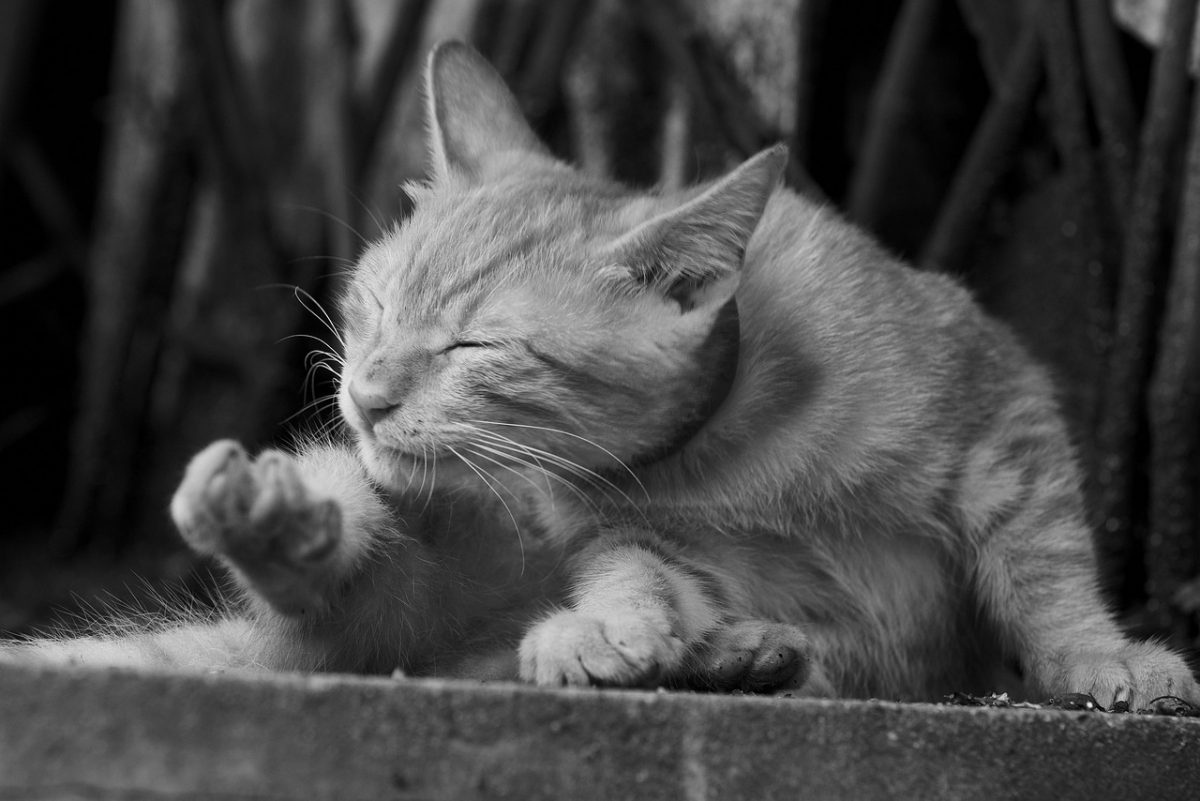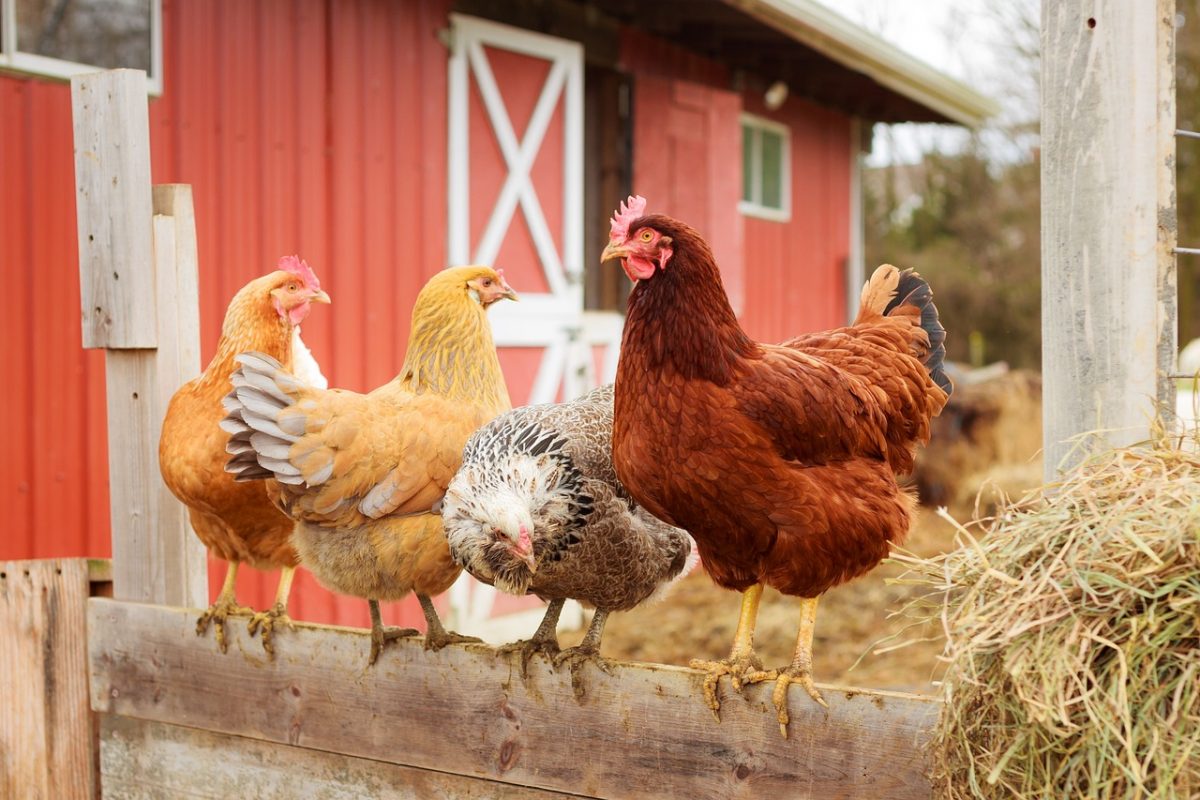In the picturesque regions surrounding Owen County, Indiana, a silent but deadly threat looms for our feline friends. Known as cytauxzoonosis or “bobcat fever,” this tick-borne disease has been making alarming headlines, with confirmed cases inching closer to local communities. This lethal illness, primarily transmitted by the Lone Star tick—a parasite that typically feeds on bobcats—poses a near-certain death sentence for domestic cats if left untreated.
Denise Derrer, the public information director of the Indiana State Board of Animal Health, issued a stark warning in The Owen News, urging pet owners to be vigilant. “Ticks are found statewide,” she noted, emphasizing the pervasive risk of this disease.
The situation is dire, as explained by Dr. Kami Graber of Heal Pet Care in Greene County. In her comments to NewsNation, she highlighted the grim survival rates for afflicted cats, stating, “most cats … just do not survive this disease.” Dr. Graber’s advice is unequivocal: prevention is crucial. “Even if your pet is indoor … we just need to have your pets on flea and tick prevention at all times,” she insisted.
The mechanics of cytauxzoonosis are particularly brutal. Dr. Laura Nafe of Oklahoma State University detailed how the disease triggers a severe systemic inflammatory response, wreaking havoc on multiple organs and often leading to death within mere days. She explained that ordinary antibiotics are powerless against this foe; the standard treatment involves a combination of an antimalarial drug and antimicrobial medication, supplemented by intensive supportive care. Yet, despite these efforts, many cats succumb.
With no vaccine available, prevention emerges as the only reliable shield against cytauxzoonosis. Dr. Nafe advocates for year-round tick prevention measures, even for cats that never venture outdoors, as ticks can hitch a ride indoors on humans or other pets. “If you have a cat who goes outdoors during the summer, keep a careful eye out for any ticks on it,” she advises.
Tick activity peaks between March and September, particularly during the warm, moist months when these parasites are most active. Veterinarians are at the forefront of this battle, armed with the crucial task of educating pet owners about the importance of keeping their cats indoors and maintaining regular flea and tick prevention routines.
As the community faces this growing threat, the message from veterinary experts is clear: proactive prevention is the key to protecting our beloved pets from the deadly grasp of bobcat fever.



